Cats are known for their graceful tails, which they use for balance, communication, and expression. However, some cats are born without tails, or with extremely short ones. This intriguing anomaly often sparks curiosity among cat lovers and scientists alike. While tailless cats may seem unusual, they are perfectly normal and arise due to specific genetic mutations. In this article, we delve into the mystery of why some cats are born without tails and explore the fascinating science behind this phenomenon.
The Genetics of Taillessness
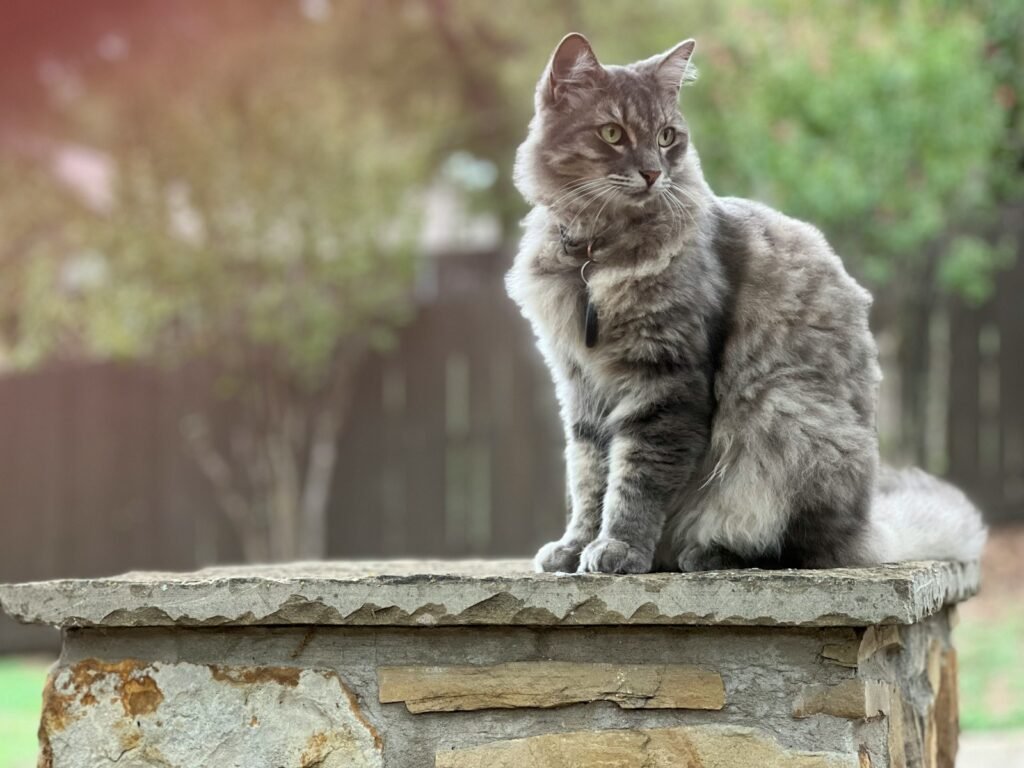
The primary reason some cats are born without tails is due to genetic mutations. One well-known mutation responsible for taillessness is found in the Manx breed. The mutation affects the development of the spine, leading to a variety of tail lengths, from tailless to normal. This mutation is known as the “M” gene, and its incomplete dominant nature means that kittens can inherit one or both copies from their parents, influencing the tail length.
The Manx Cat: A Case Study
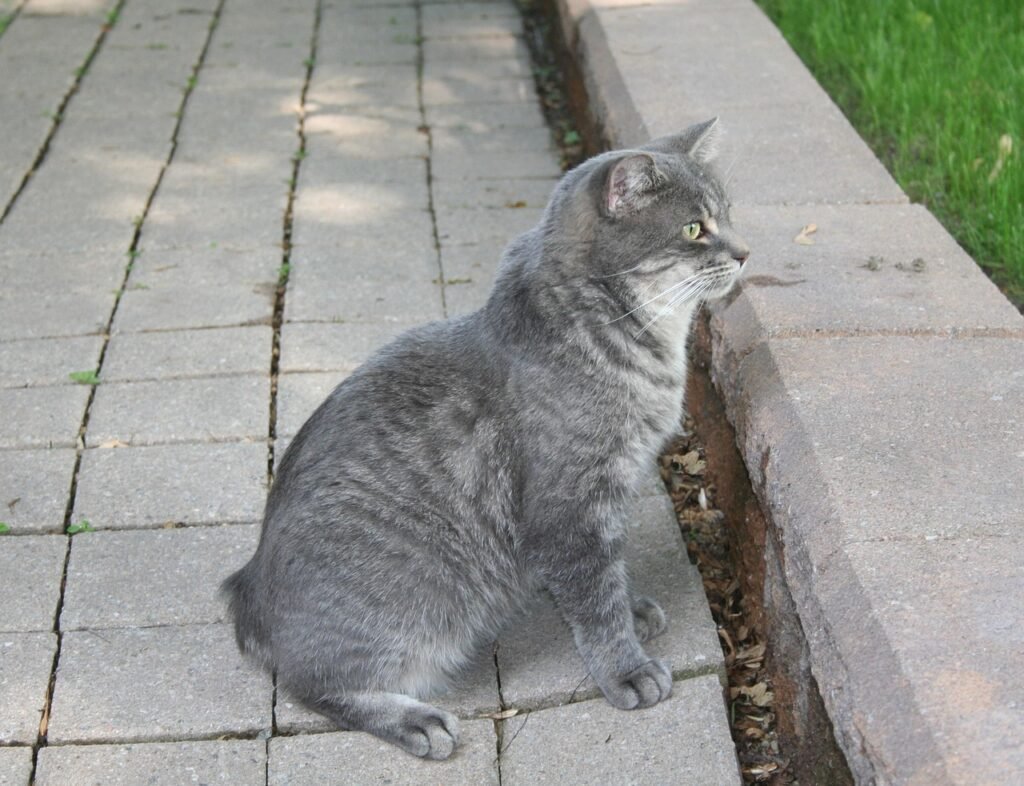
The Manx is the most famous tailless cat breed, originating from the Isle of Man. This breed is renowned for its absence of a tail, though some Manx cats have short or even full tails. The tailless trait in Manx cats is the result of a natural mutation that became common on the island, possibly due to the limited gene pool. When breeding Manx cats, one must carefully consider the genetic implications, as breeding two tailless cats can result in severe spinal issues in kittens, known as “Manx syndrome.”
Other Tailless Breeds
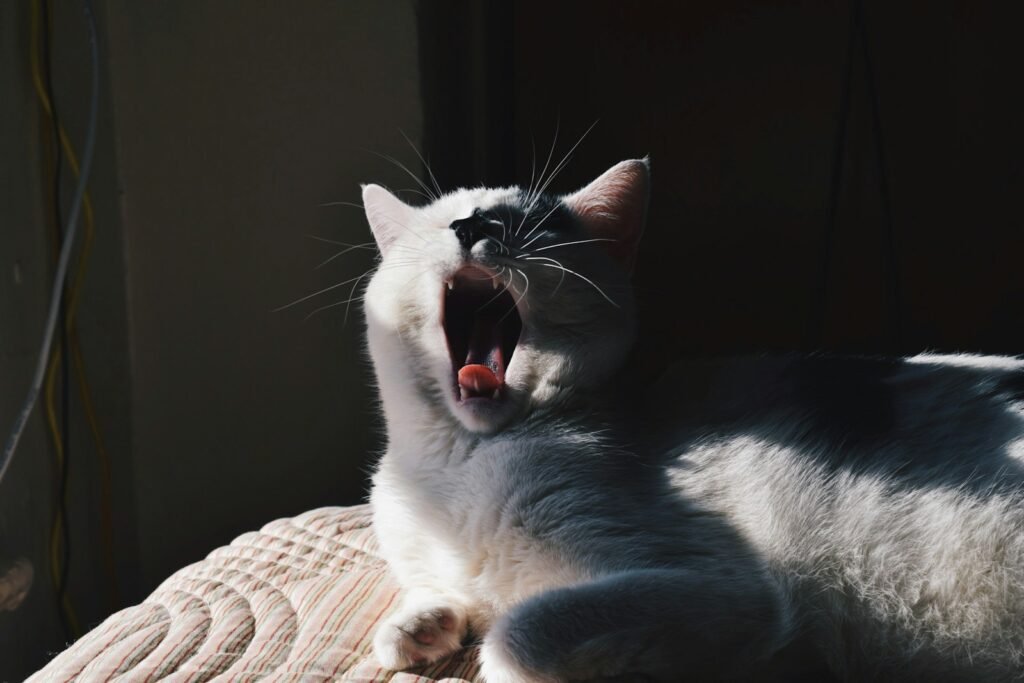
While the Manx is the most recognized tailless breed, other cat breeds also display tailless or short-tailed characteristics. These include the American Bobtail, Japanese Bobtail, and Pixie-Bob, each having their unique genetic background and traits. The genetic mutations in these breeds are different from the Manx and provide further insight into the diversity of taillessness in cats.
The Role of Genetics in Breeding
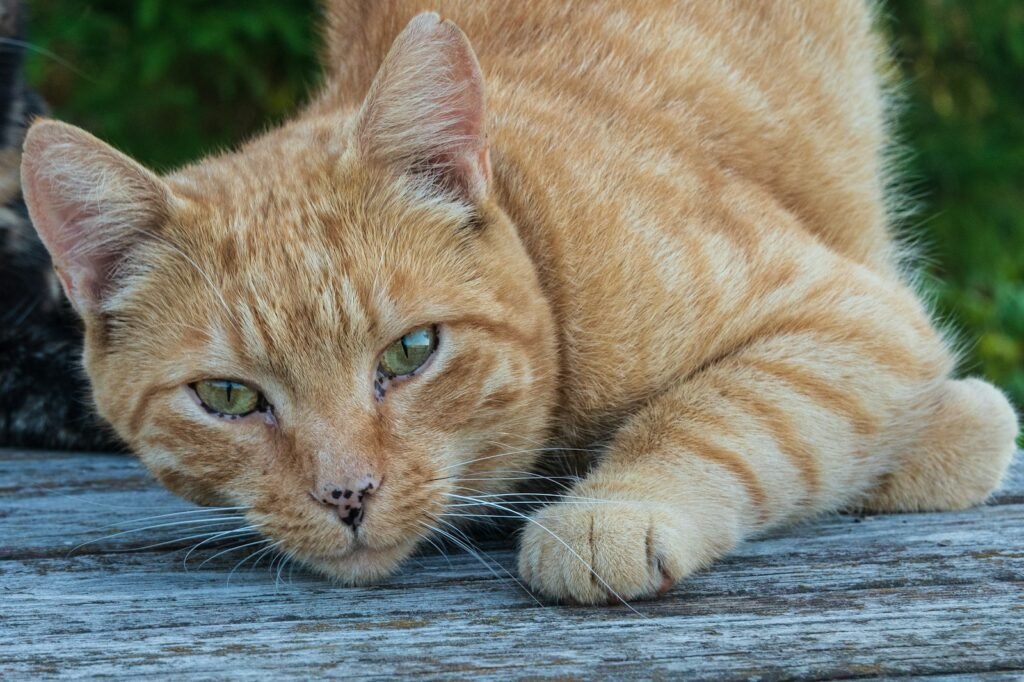
Breeding tailless cats requires understanding the specific genetic mutations involved to avoid health complications. Responsible breeding practices are crucial to maintain the health and well-being of the cats. Genetic testing can help identify carriers of specific mutations, which is invaluable in planning breeding strategies to minimize the risk of genetic disorders.
Tailless Cats and Health Concerns
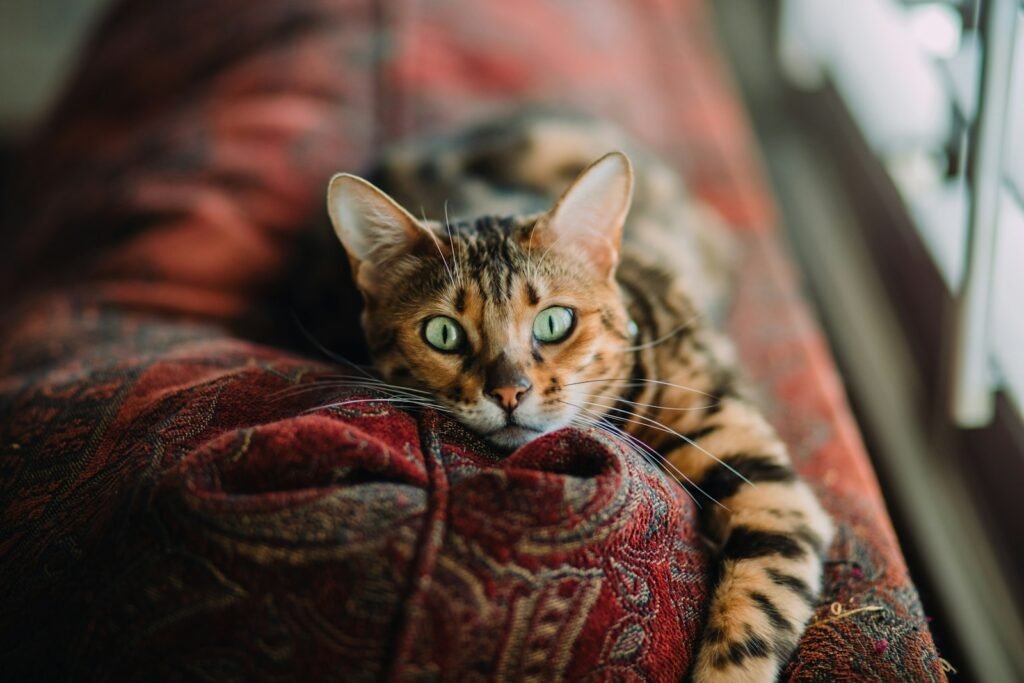
While most tailless cats live healthy, normal lives, certain conditions can be linked to their lack of a tail. For example, Manx syndrome can cause spinal issues, urinary problems, and even hind leg weaknesses. Regular veterinary care and careful monitoring are essential to ensure these cats remain in good health and any issues are promptly addressed.
Functionality Without a Tail
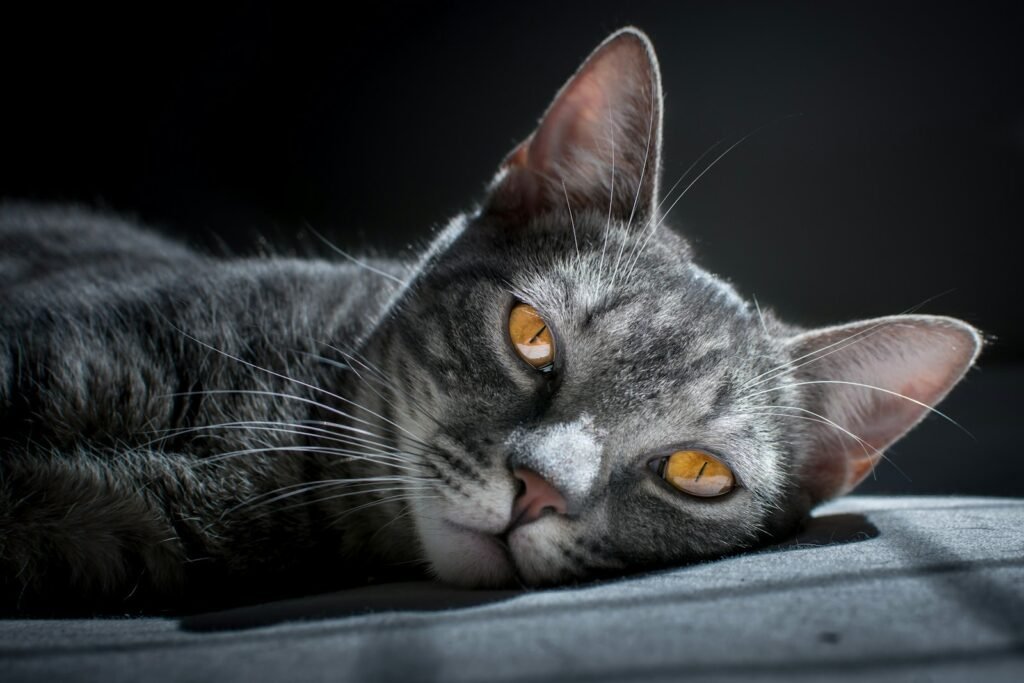
A common question about tailless cats is how they manage without a tail, which is vital for balance and communication in tailed cats. Tailless cats adapt remarkably well, using their hind legs and body positioning to compensate for the absence of a tail in maintaining balance. They also rely more on vocalizations and body language to communicate with humans and other animals.
Evolutionary Perspectives

The presence of taillessness in certain cat populations raises intriguing evolutionary questions. Some scientists suggest these mutations became prevalent due to geographic isolation, such as the Manx on the Isle of Man. This isolation could lead to a high concentration of certain genes, resulting in unique phenotypic traits like taillessness.
Popular Myths About Tailless Cats
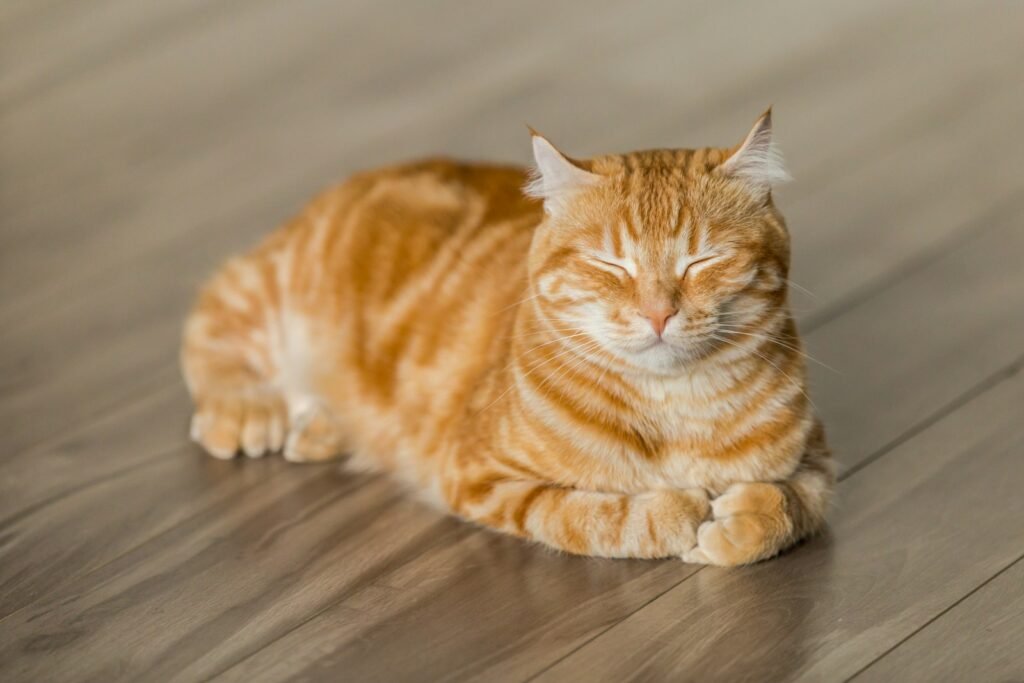
Like many unique animal traits, tailless cats have inspired various myths and legends. For instance, stories about the Manx cat suggest that they lost their tails when the doors of Noah’s Ark accidentally chopped them off. While these tales add to the mystery and allure of tailless cats, they remain purely fictional and not grounded in scientific fact.
The Affectionate Nature of Tailless Cats
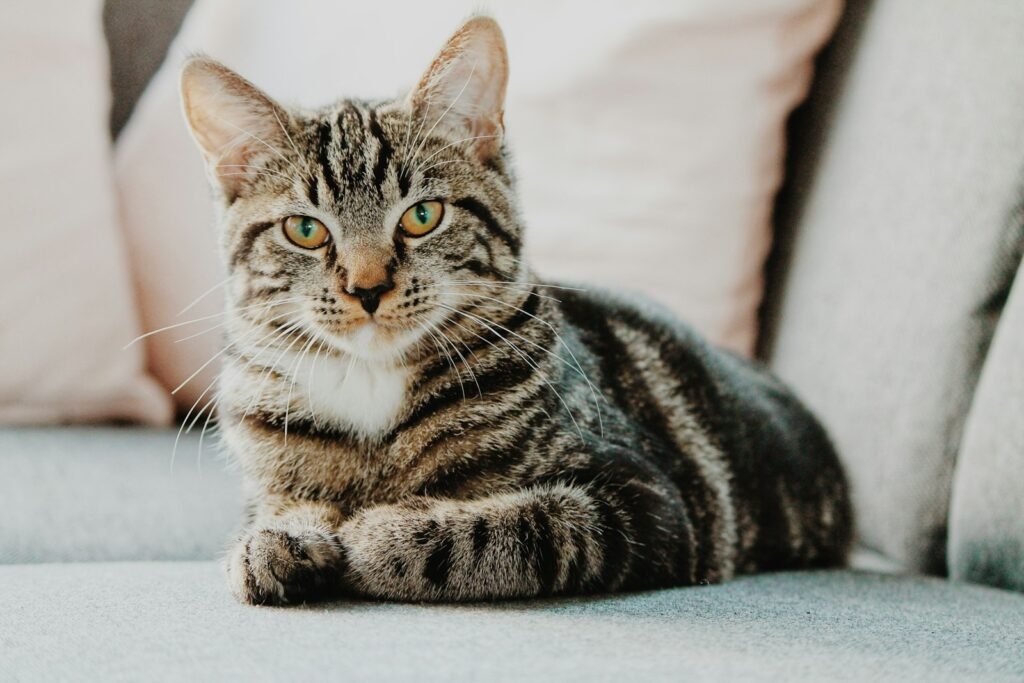
Regardless of their tail length, many tailless cats, such as Manx, are known for their affectionate and playful nature. They often form strong bonds with their owners, displaying loyalty and intelligence. This charming behavior, coupled with their unique appearance, makes them beloved pets worldwide.
Conclusion: Embracing Diversity in Cats
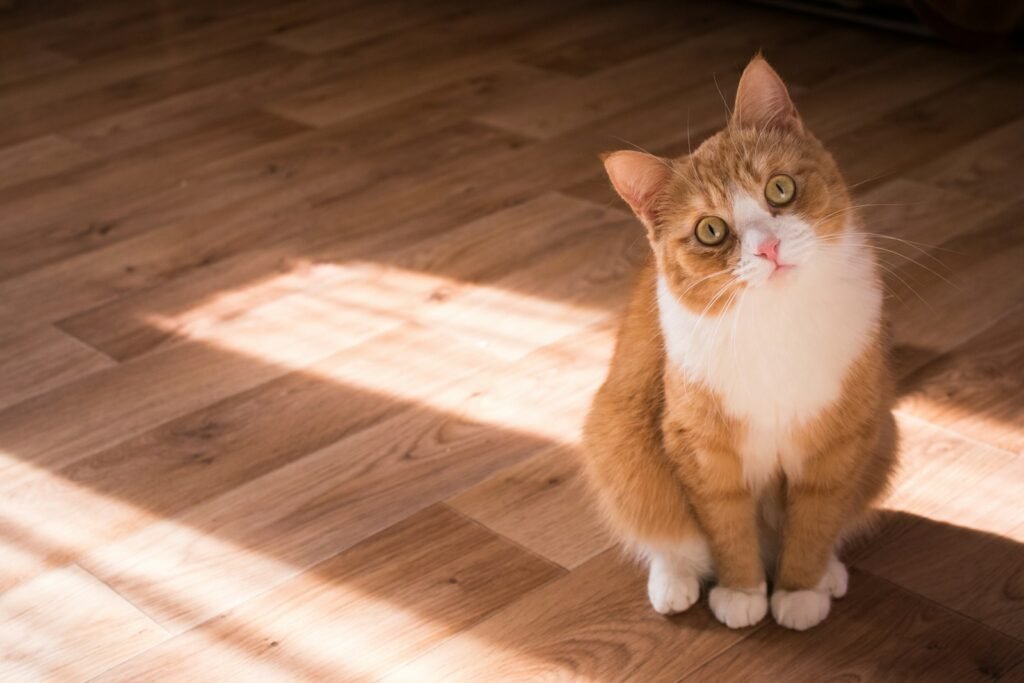
The mystery of tailless cats offers fascinating insights into genetics, evolution, and animal behavior. Understanding the reasons behind their unique appearance helps demystify these extraordinary felines and highlights the complex beauty of genetic diversity in the animal kingdom. Whether you own a tailless cat or are simply intrigued by them, appreciating these cats for their individuality and adaptations promotes a deeper appreciation of nature’s wonders.

Growing up traveling and experiencing new cultures and wonders, I have had a passion for nature, adventuring, photography, and videography. I am currently working towards a BSc in Biodiversity and Ecology at Stellenbosch University, and I hope to specialise in Marine Sciences one day.
Please send any feedback to Feedback@animalsaroundtheglobe.com






